Regulation of Macrophage Polarization and Tumor Immunosuppression in Glioblastoma
DOI: 10.23977/tranc.2023.040118 | Downloads: 10 | Views: 1267
Author(s)
Yixuan Li 1
Affiliation(s)
1 Beijing 101 Middle School, Beijing, 100000, China
Corresponding Author
Yixuan LiABSTRACT
Macrophage polarization is the polarization of a series of functional states after activation of monocytes, and different microenvironmental stimuli can regulate their differentiation. Macrophage is not only an important component of the tumor microenvironment, but also an essential part of it. By interacting with various factors, it regulates the growth, invasion, metastasis, and lymphangiogenesis of the tumor. The increase in the number and density of macrophages such as glioblastoma is closely related to the malignancy of the tumor. Nearly 80% of studies have shown that the number of macrophages in tumor tissues is associated with poor prognosis. Exploring the molecular mechanism of macrophage polarization regulation can contribute to a deeper understanding of the pathogenesis of related diseases and provide new ideas for the development of novel anti-tumor drugs.
KEYWORDS
Glioblastoma, Macrophage, Polarization regulation, Tumor ImmunosuppressionCITE THIS PAPER
Yixuan Li, Regulation of Macrophage Polarization and Tumor Immunosuppression in Glioblastoma. Transactions on Cancer (2023) Vol. 4: 126-131. DOI: http://dx.doi.org/10.23977/tranc.2023.040118.
REFERENCES
[1] Fang Xiang, Tian Guopeng, Bai Shengwei, Luo Yusong, Pan Yawen. The role and prospects of DNA-PKcs inhibitors in the treatment of glioblastoma. Journal of International Neurology and Neurosurgery, 2023, 50(1):64-68.
[2] Zhang Jinhao, Liu Peidong, Zhang Chen, Li Jiabo, Ren Xiao, Chen Lulu, et al.ACT001 reduces the expression of programmed cell death protein ligand 1 in glioblastoma cells by inhibiting P65 phosphorylation. Chinese Journal of Contemporary Neurology and Neurosurgery, 2021, 21(6):9-9
[3] Yang Pei, Liu Qi, Tao Rui, Wang Jiangfei. The correlation between the expression of vesicular amine transporter 1 and the immune microenvironment of glioblastoma. Chinese Journal of Neurosurgery, 2022, 38(3):6-6.
[4] Li S, Li L, Chen J, Fan Y, Wang C, Du Y, et al. Liposomal honokiol inhibits glioblastoma growth through regulating macrophage polarization. Annals of Translational Medicine, 2021, 9(22).1644-1644.
[5] Ma J, Chen C C, Li M. Macrophages/microglia in the glioblastoma tumor microenvironment. International journal of molecular sciences, 2021, 22(11): 5775-5775.
[6] Kuntzel T, Bagnard D. Manipulating macrophage/microglia polarization to treat glioblastoma or multiple sclerosis. Pharmaceutics, 2022, 14(2): 344-344.
[7] Yan T, Wang K, Li J, Hu H, Yang H, Cai M, et al. Suppression of the hyaluronic acid pathway induces M1 macrophages polarization via STAT1 in glioblastoma. Cell Death Discovery, 2022, 8(1): 193-193.
[8] Li J, Stanger B Z. Cell cycle regulation meets tumor immunosuppression. Trends in Immunology, 2020, 41(10): 859-863.
[9] Ma H, Kang Z, Foo T K, et al. Disrupted BRCA1‐PALB2 interaction induces tumor immunosuppression and T‐lymphocyte infiltration in HCC through cGAS‐STING pathway. Hepatology, 2023, 77(1): 33-47.
[10] Gao J, Wu Z, Zhao M, et al. Allosteric inhibition reveals SHP2-mediated tumor immunosuppression in colon cancer by single-cell transcriptomics. Acta Pharmaceutica Sinica B, 2022, 12(1): 149-166.
[11] McKay Z P, Brown M C, Gromeier M. Aryl hydrocarbon receptor signaling controls CD155 expression on macrophages and mediates tumor immunosuppression. The Journal of Immunology, 2021, 206(6): 1385-1394.
[12] Luo Y, Li L, Chen X, et al. Effects of lactate in immunosuppression and inflammation: Progress and prospects. International Reviews of Immunology, 2022, 41(1): 19-29.
[13] Xu Y, Yan J, Tao Y, et al. Pituitary hormone α-MSH promotes tumor-induced myelopoiesis and immunosuppression. Science, 2022, 377(6610): 1085-1091.
[14] Cao X, Wang Y, Zhang W, et al. Targeting macrophages for enhancing CD47 blockade–elicited lymphoma clearance and overcoming tumor-induced immunosuppression. The Journal of the American Society of Hematology, 2022, 139(22): 3290-3302.
[15] Bae J, Accardi F, Hideshima T, et al. Targeting LAG3/GAL-3 to overcome immunosuppression and enhance anti-tumor immune responses in multiple myeloma. Leukemia, 2022, 36(1): 138-154.
[16] Tao N, Li H, Deng L, et al. A cascade nanozyme with amplified sonodynamic therapeutic effects through comodulation of hypoxia and immunosuppression against cancer. ACS nano, 2021, 16(1): 485-501.
[17] Zhang H, Yu P, Tomar V S, et al. Targeting PARP11 to avert immunosuppression and improve CAR T therapy in solid tumors. Nature cancer, 2022, 3(7): 808-820.
| Downloads: | 1213 |
|---|---|
| Visits: | 93651 |
Sponsors, Associates, and Links
-
MEDS Clinical Medicine
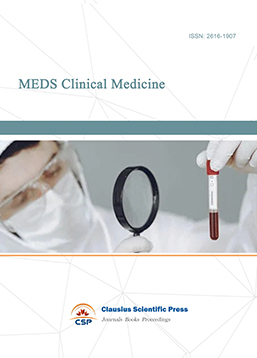
-
Journal of Neurobiology and Genetics
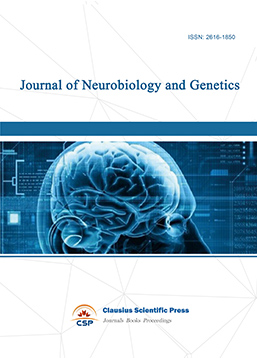
-
Medical Imaging and Nuclear Medicine
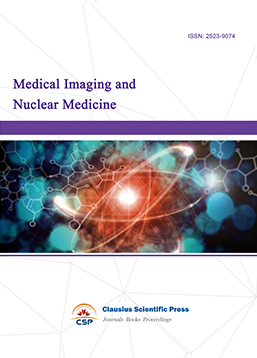
-
Bacterial Genetics and Ecology
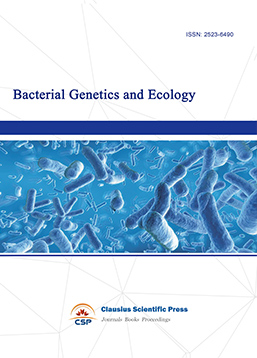
-
Journal of Biophysics and Ecology
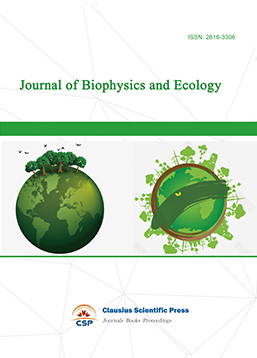
-
Journal of Animal Science and Veterinary
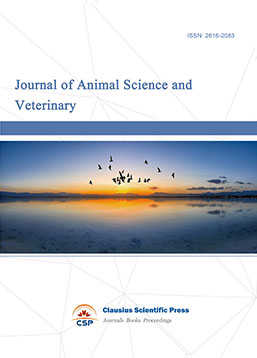
-
Academic Journal of Biochemistry and Molecular Biology
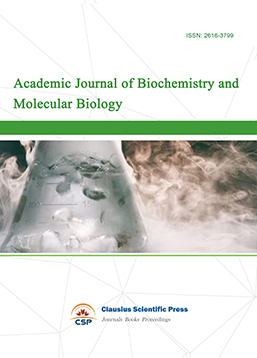
-
Transactions on Cell and Developmental Biology
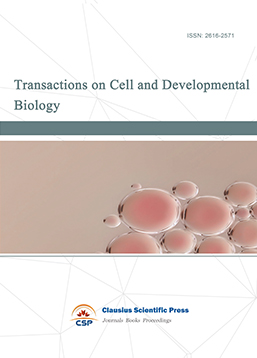
-
Rehabilitation Engineering & Assistive Technology
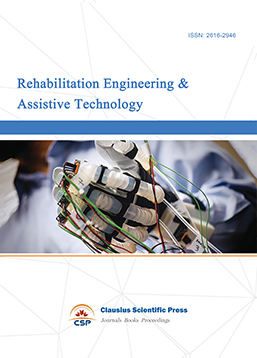
-
Orthopaedics and Sports Medicine
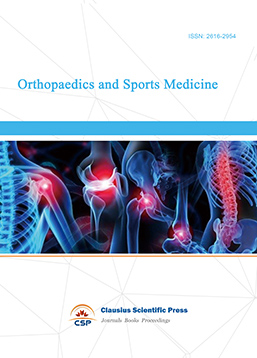
-
Hematology and Stem Cell
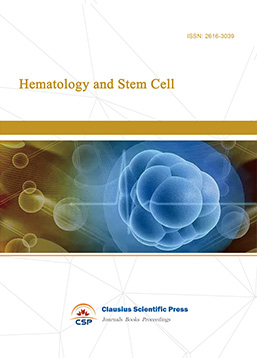
-
Journal of Intelligent Informatics and Biomedical Engineering
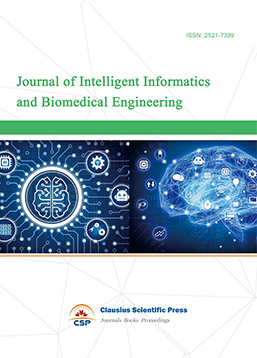
-
MEDS Basic Medicine
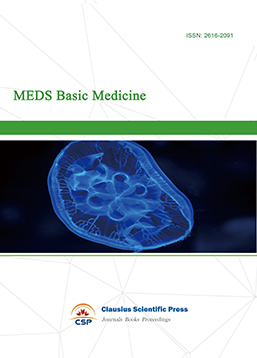
-
MEDS Stomatology
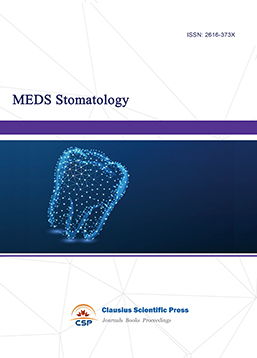
-
MEDS Public Health and Preventive Medicine
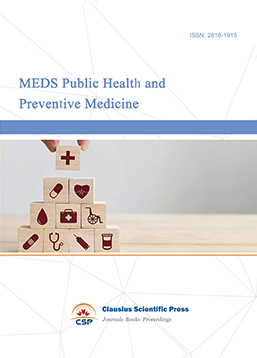
-
MEDS Chinese Medicine
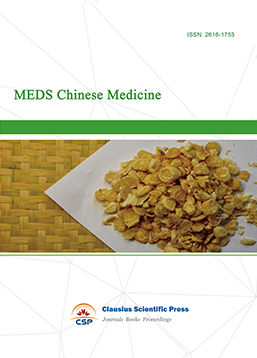
-
Journal of Enzyme Engineering
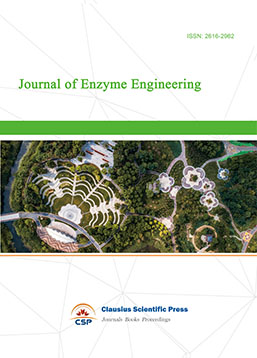
-
Advances in Industrial Pharmacy and Pharmaceutical Sciences
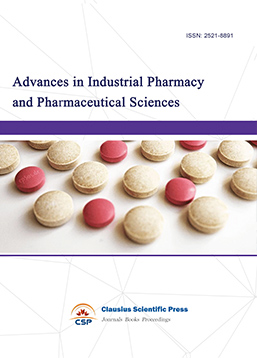
-
Bacteriology and Microbiology
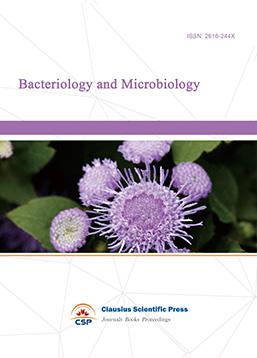
-
Advances in Physiology and Pathophysiology
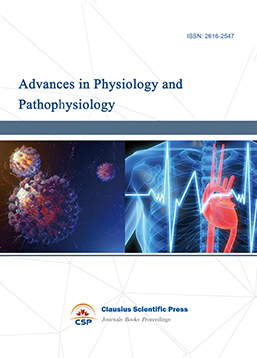
-
Journal of Vision and Ophthalmology
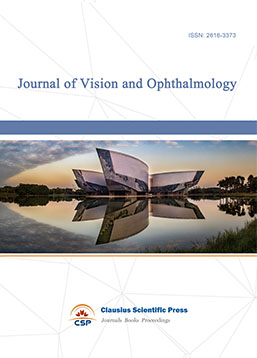
-
Frontiers of Obstetrics and Gynecology
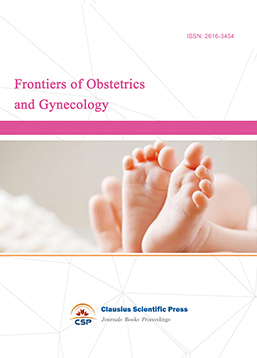
-
Digestive Disease and Diabetes

-
Advances in Immunology and Vaccines

-
Nanomedicine and Drug Delivery
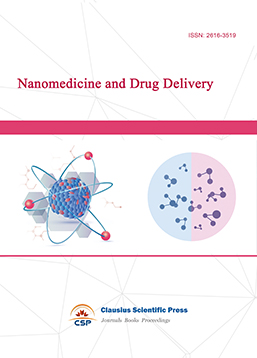
-
Cardiology and Vascular System
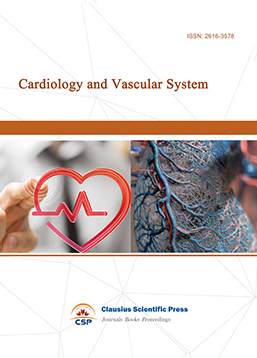
-
Pediatrics and Child Health
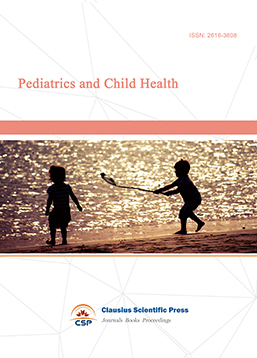
-
Journal of Reproductive Medicine and Contraception
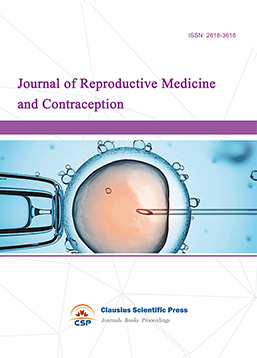
-
Journal of Respiratory and Lung Disease
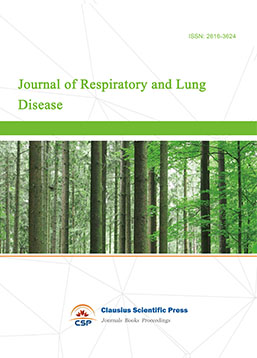
-
Journal of Bioinformatics and Biomedicine
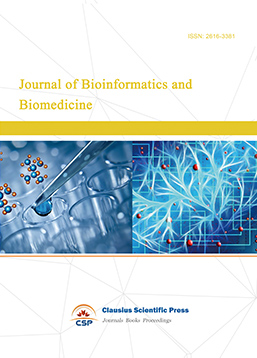

 Download as PDF
Download as PDF